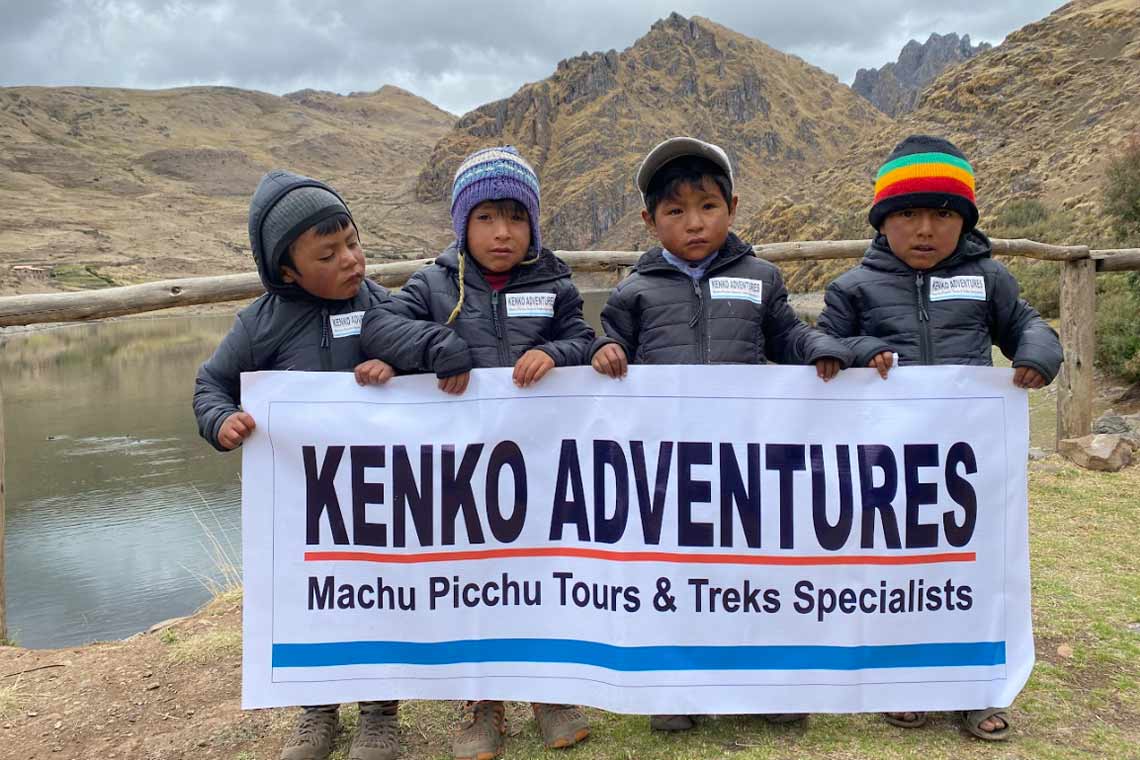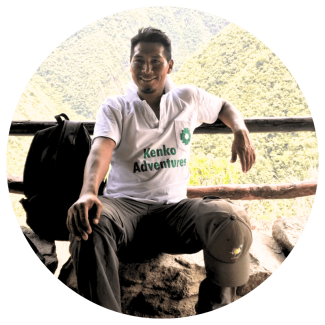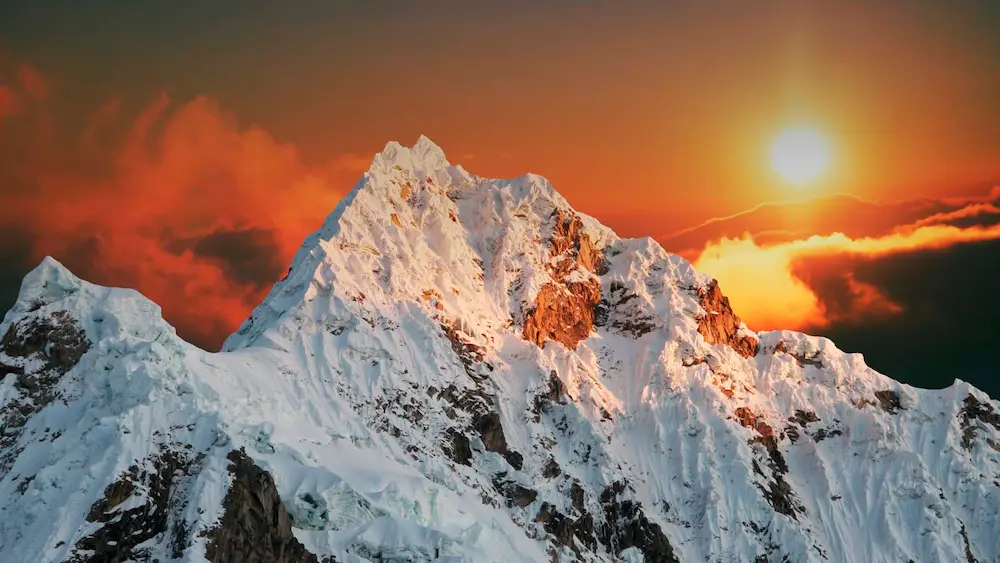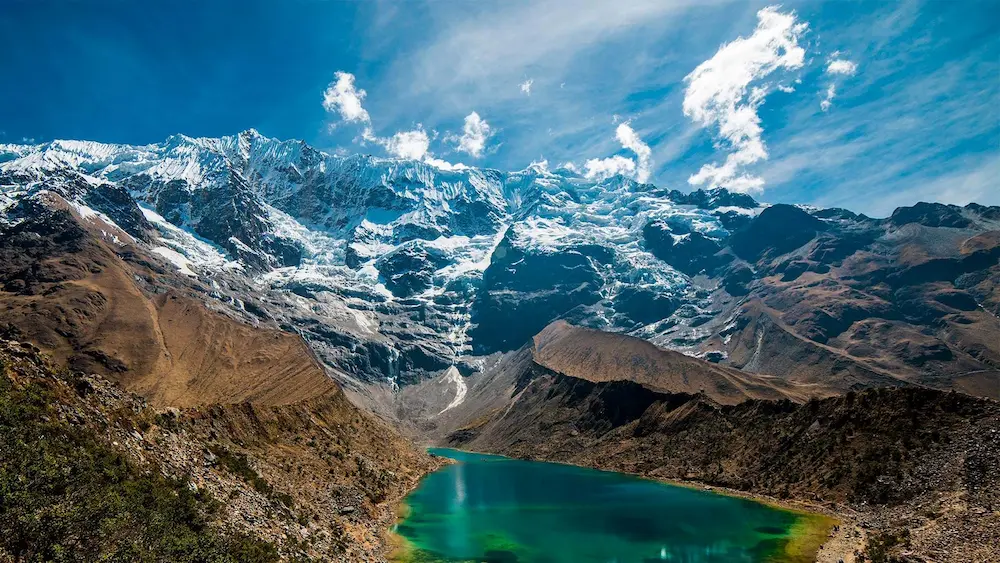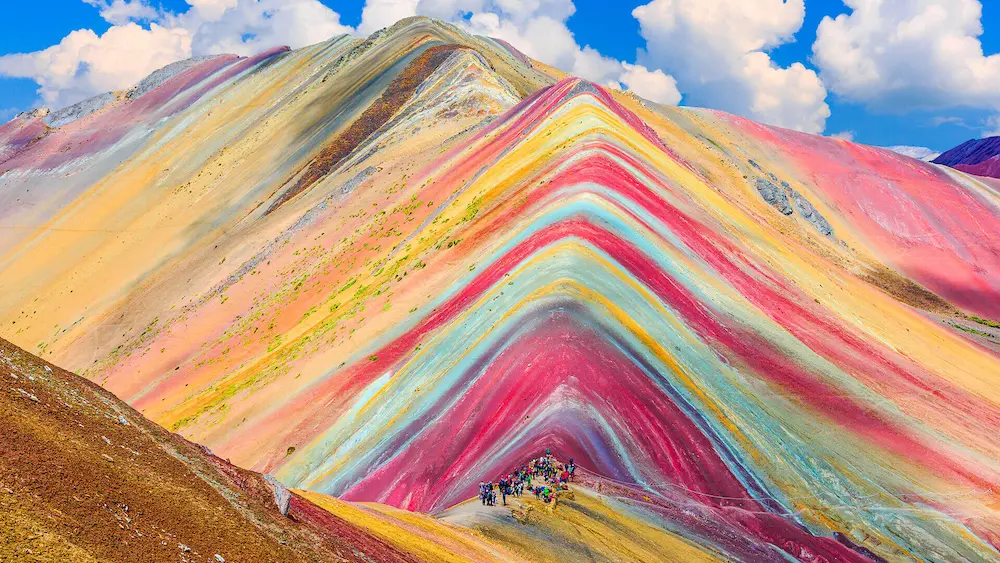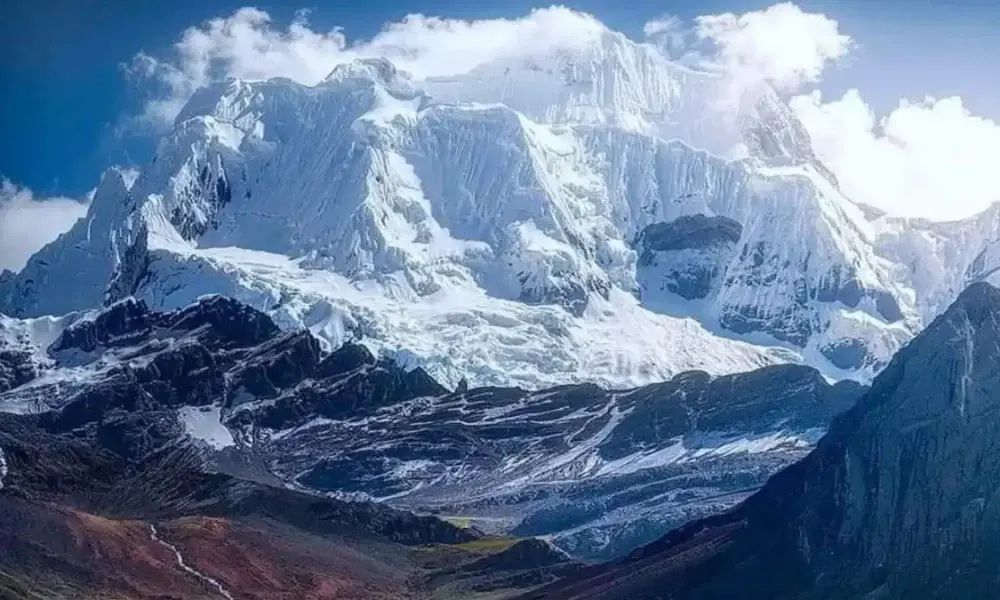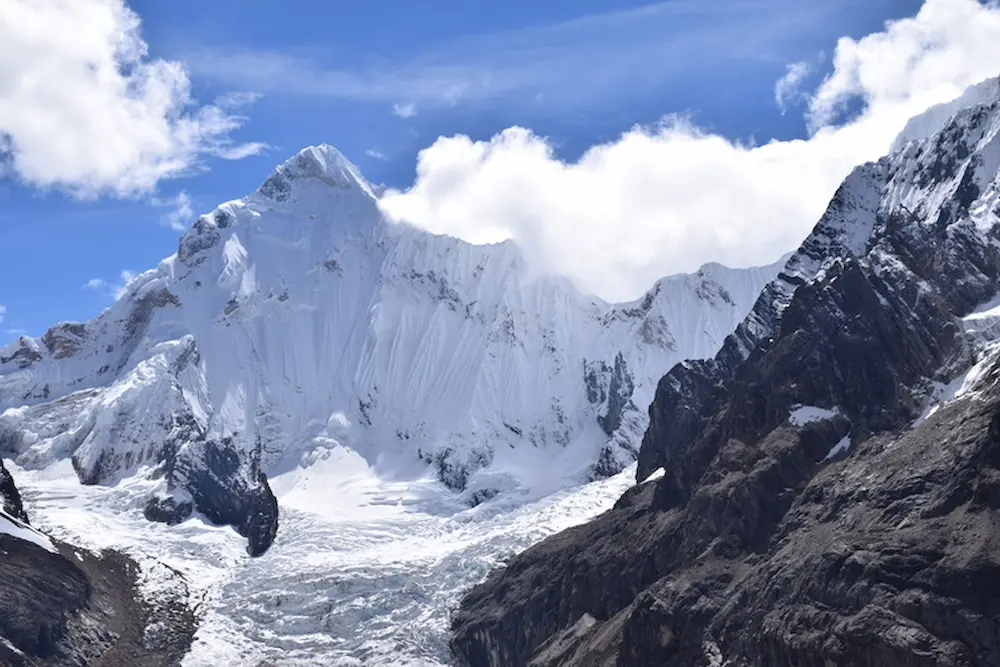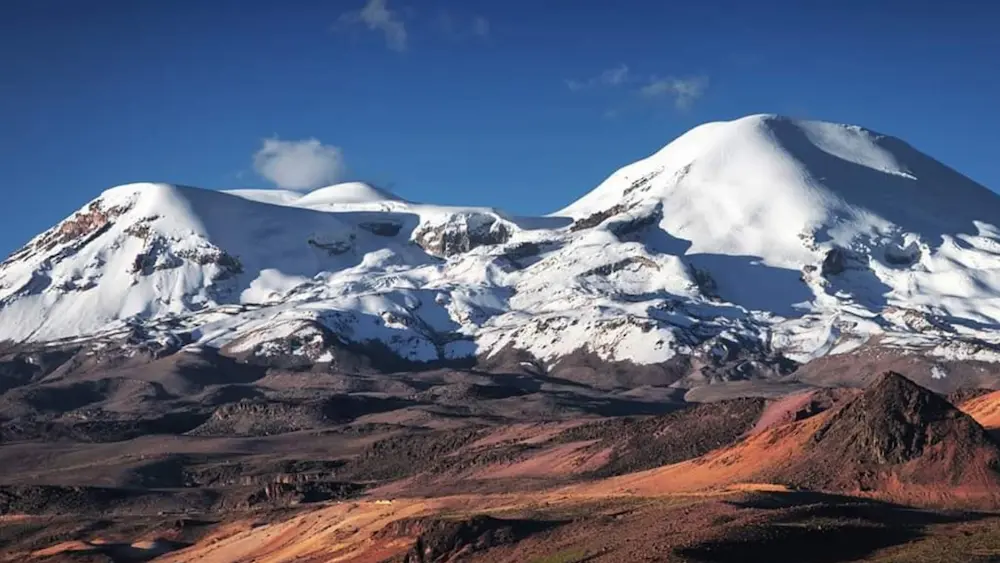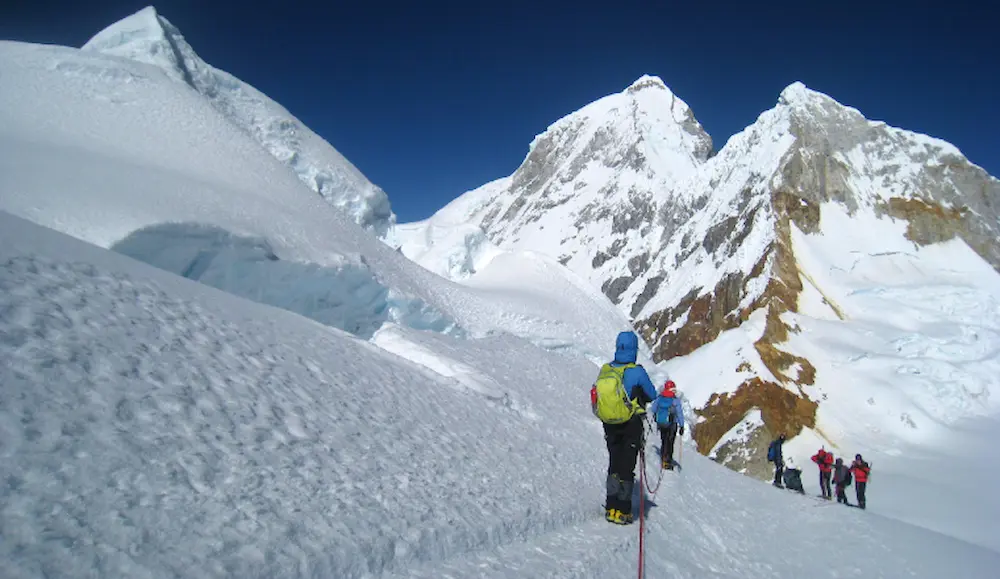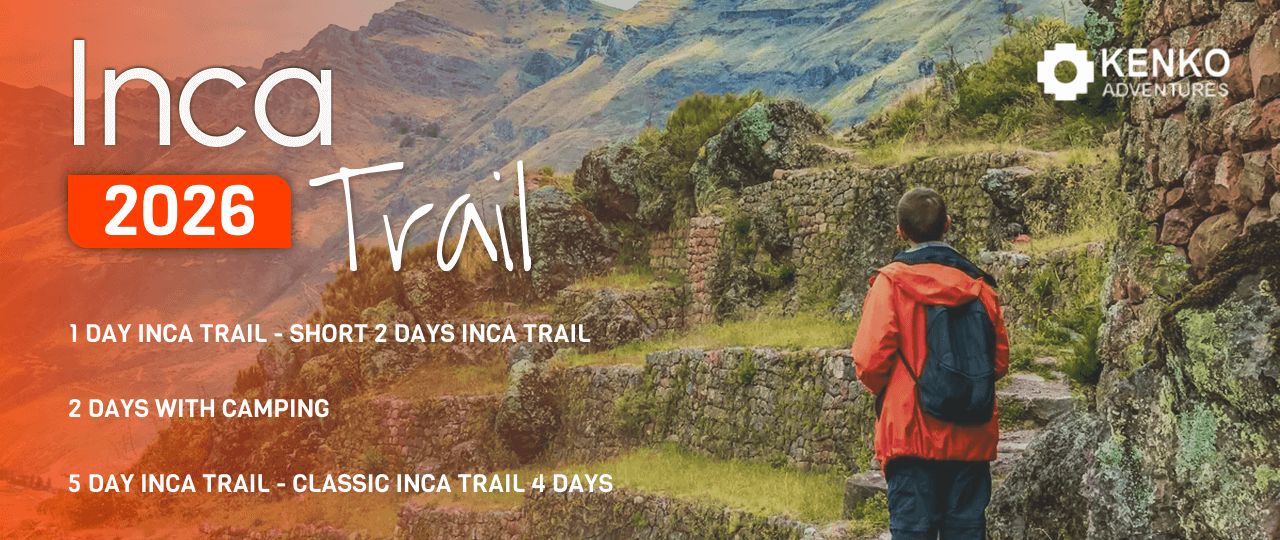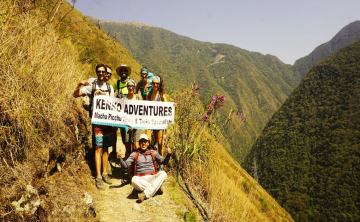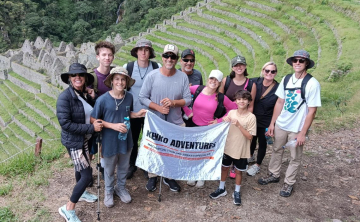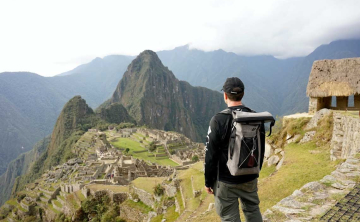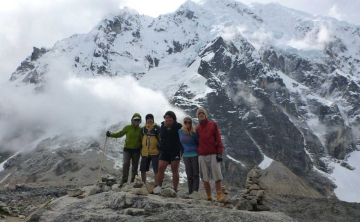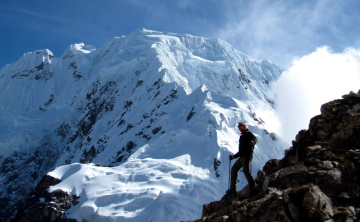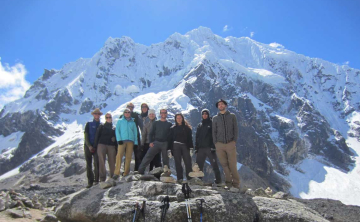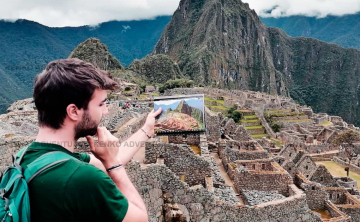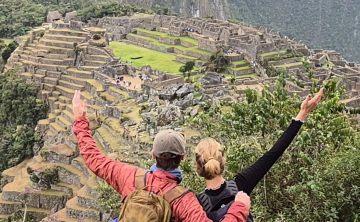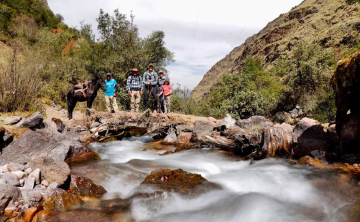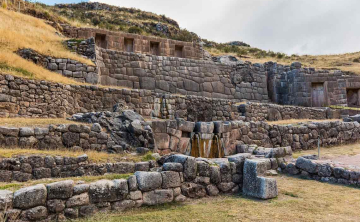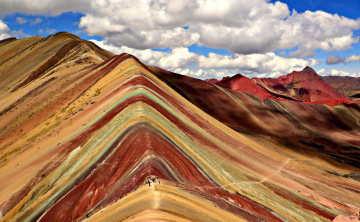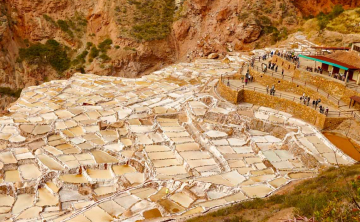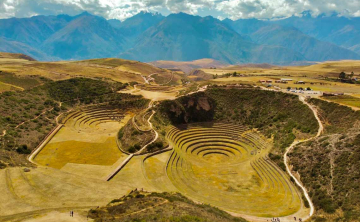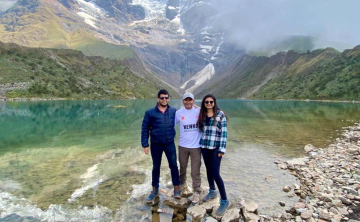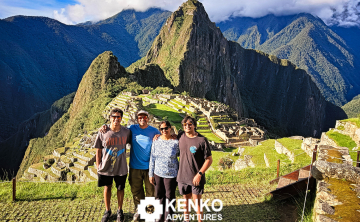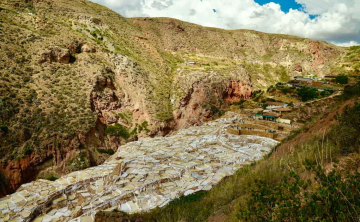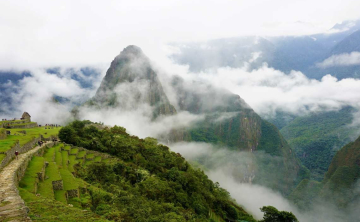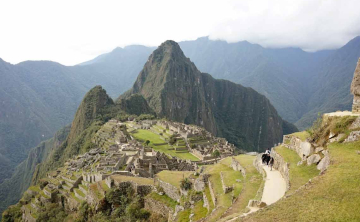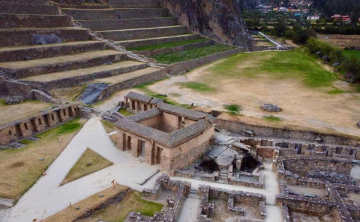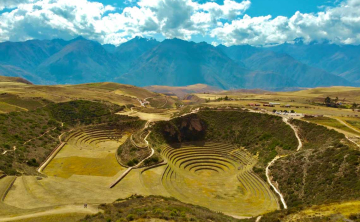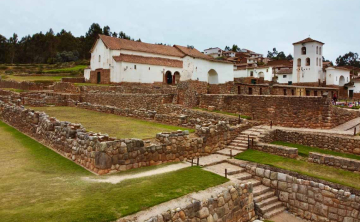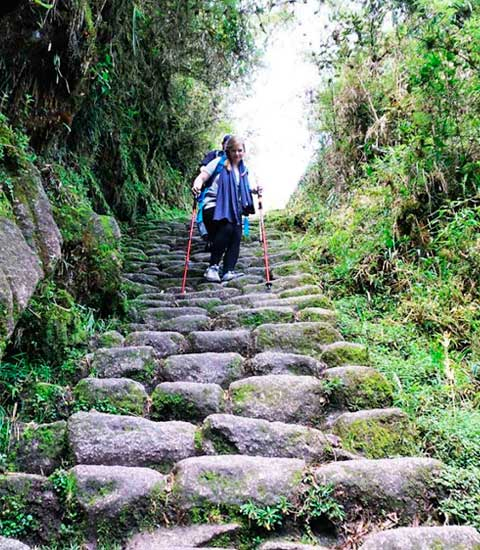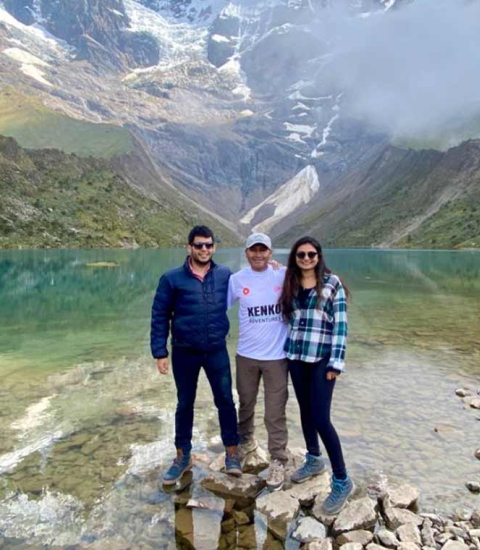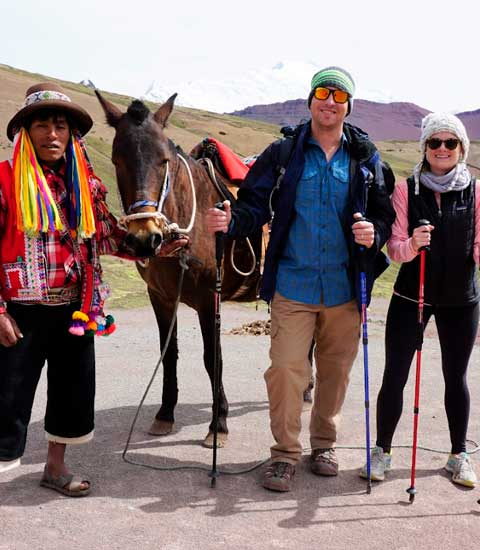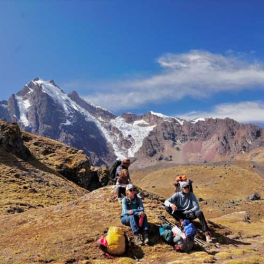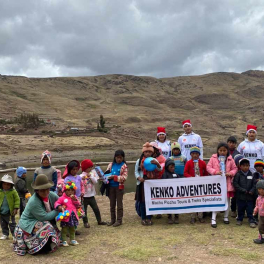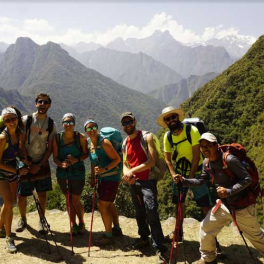We present our real culture life to our clients, hiring people from villages and communities of our region.
- Blog
- 10 Famous Mountains In Peru That You Should Visit
10 Famous mountains in Peru that you should visit
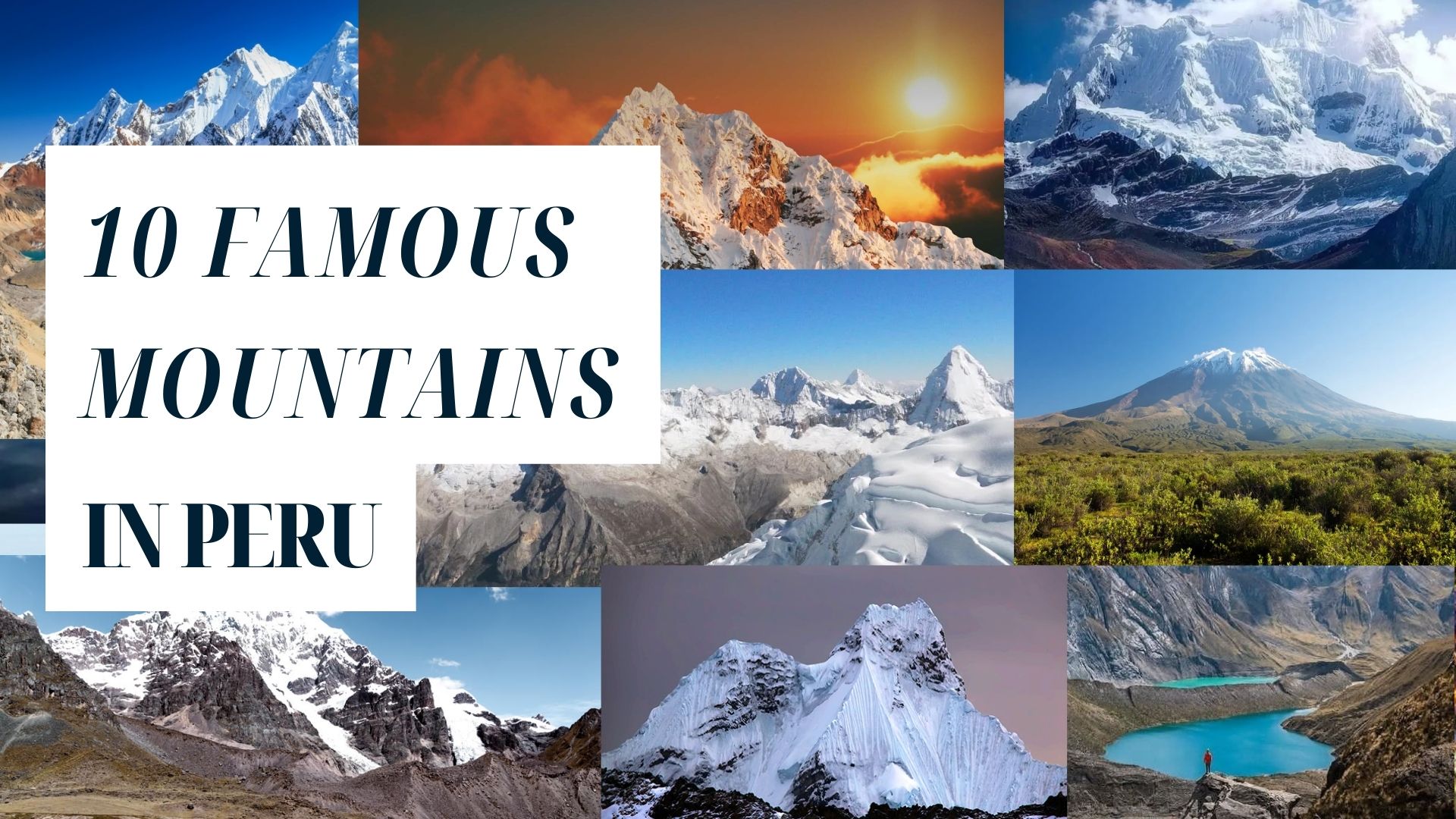
Exploring the famous mountains in Peru is one of the most unforgettable experiences travelers can enjoy in South America. From snow-covered giants in the Cordillera Blanca to active volcanoes near colonial cities, Peru offers landscapes that blend adventure, culture, and breathtaking natural beauty. Whether you enjoy scenic road trips, multi-day treks, or quick mountain viewpoints, each destination offers its own charm and challenge.
As you plan your journey across the Andes, it helps to understand the unique features of each mountain—its altitude, accessibility, trekking conditions, and nearby attractions—so you can choose the adventure that best suits your travel style. Peru’s geography is vast and diverse, and many routes between regions involve long mountain roads, where being well prepared is essential for a smooth and safe trip.
1. Huascarán
Huascarán is a must-visit destination for travelers who want to experience the heart of the Peruvian Andes. Its main attraction is Huascarán National Park, a protected area filled with queñual forests, giant glaciers, and crystal-clear lagoons that look like natural mirrors. One of the most popular spots is Llanganuco Lake, easily accessible and perfect for boat rides, valley walks, or photography surrounded by snow-covered mountains.
Huascarán also offers moderate trekking routes to viewpoints such as Laguna 69, considered one of the most beautiful lakes in the world. While reaching the summit is reserved for expert climbers, visitors can still enjoy discovering towns like Yungay and hiking along trails rich in Andean wildlife. The landscape is perfect for photography, nature lovers, outdoor adventure, and cultural immersion.
According to NASA, the summit of Huascarán is the place on Earth where gravity is the weakest—meaning you actually weigh slightly less at the top than anywhere else in Peru.
Best time to visit: June to August offers the safest and clearest conditions, with minimal rainfall, great visibility, and optimal weather for both trekking and technical expeditions.
You might also want to check out: The best snacks while hiking in Peru
2. Alpamayo
Alpamayo stands out for its unique shape — a perfect snow-and-ice pyramid that has earned international fame for its beauty. For most tourists, the main attraction is not climbing it, but admiring it from the best viewpoints. The Santa Cruz Trek is ideal, offering green valleys, deep-colored lakes, and dramatic ice walls.
Along the route, travelers experience unforgettable moments: camping under the open sky, observing herds of llamas and alpacas, and walking through dreamlike mountain scenery. Alpamayo is perfect for mountain photography, pristine nature, and uncrowded trekking routes.
Alpamayo became world famous after a 1966 photograph labeled it “the most beautiful mountain in the world,” thanks to its perfect snow-covered pyramid shape.
Best time to visit: May to September is the ideal window, providing dry trails, sunny days, and crystal-clear views of its iconic silhouette from the Santa Cruz trek.
3. Ausangate
Ausangate attracts visitors with both its natural beauty and deep cultural significance. For travelers, it represents an irresistible blend of adventure, mysticism, and multicolored landscapes. The Ausangate Trek is famous for its turquoise lakes, red mountains, frozen valleys, high-altitude passes, and traditional Andean villages.
The region is also home to Qoyllur Riti, a unique spiritual festival where thousands of pilgrims ascend the mountain accompanied by music, dances, and ancient rituals. Travelers seeking authentic cultural experiences and Andean worldview often choose Ausangate as a top destination.
Ausangate is considered a sacred Apu by local communities, and every year thousands of pilgrims participate in the Qoyllur Rit’i festival—a massive Andean celebration honoring the glaciers and mountains that protect the region.
Best time to visit: The ideal season is from May to September, when the dry weather brings clear skies, stable conditions, and the best scenery for long-distance trekking.
4. Salkantay
Salkantay is one of the most visited mountains in Peru because it forms part of the famous Salkantay Trek to Machu Picchu, one of the country’s most complete trekking routes. The journey offers highly diverse scenery: snowy peaks, green valleys, crystal waterfalls, and humid cloud forest full of vegetation.
Visitors love that this trek is less restricted than the Inca Trail and offers stunning views of the massive Salkantay peak. Travelers also appreciate the cultural connection, close contact with rural communities, and the chance to reach Machu Picchu through an alternative and less crowded route.
In Quechua, the name Salkantay means “wild mountain,” and it appears in countless local legends as one of the most powerful and respected sacred peaks in the Cusco region.
Best time to visit: April to October is the prime season for the Salkantay Trek, offering stable weather and excellent views of glaciers, turquoise lakes, and cloud forests.
5. Vinicunca (Rainbow Mountain)
Vinicunca has become one of Peru’s most sought-after attractions thanks to its natural colored stripes, visible from an accessible viewpoint for visitors with proper acclimatization. The hike features llamas and alpacas grazing freely, red mountains, and wide open landscapes that create perfect photo backdrops.
It’s an ideal destination for a day tour from Cusco, offering a short but visually stunning hike. The area also includes alternative routes like Palccoyo, known as “the other Rainbow Mountain,” ideal for those who prefer less walking and fewer crowds.
The colorful layers of Rainbow Mountain were hidden under ice for centuries, only becoming visible around 2015 when melting glaciers uncovered the mineral-rich stripes.
Best time to visit: Visit between May and August to enjoy the most vibrant colors, bright blue skies, and low chance of rain or snow.
You might also want to check out: The Inca Culture History
6. Yerupajá
Yerupajá is a dream destination for travelers seeking remote places and multi-day trekking adventures. It rises over the spectacular Huayhuash Range, considered by many hikers as one of the world’s best trekking circuits. The scenery is breathtaking: sharp peaks, hanging glaciers, intensely colored lakes, and silent valleys dominated by nature.
Although Yerupajá is famous among professional mountaineers, regular tourists enjoy the circuit around the mountain range, where each day reveals new dramatic landscapes. It’s a perfect destination for trekking enthusiasts, photographers, and travelers who love remote wilderness.
Yerupajá is the second-highest mountain in Peru and one of the most challenging peaks in the Andes, known for its sharp ridges and dramatic ice walls. Although only expert climbers attempt it, trekkers can admire its stunning glaciers from the Huayhuash Circuit.
Best time to visit: The best season to see Yerupajá is from May to September, when the skies are clear, the trails are dry, and the mountain’s snowy peaks are most visible along the trekking route.
7. Siula Grande
Siula Grande became famous worldwide for the true survival story told in “Touching the Void”, one of mountaineering’s most iconic tales. Tourists visit this mountain drawn by its history, extreme scenery, and cinematic atmosphere.
Siula Grande is part of the Huayhuash trekking circuit, so hikers enjoy emerald-green glacial lakes, wide valleys, and thrilling viewpoints. Climbing it is not necessary — simply walking near Siula Grande is enough to feel the majesty of the Andes.
Siula Grande became world famous after the survival story Touching the Void, which recounts a dramatic climbing accident on its icy west face. Today, travelers hike the Huayhuash Circuit to admire its towering walls and the turquoise lakes that surround the base of the mountain.
Best time to visit: The ideal time to see Siula Grande is from May to September, when the weather is dry, trails are easier to navigate, and the mountain’s glaciers and lagoons offer the clearest, most impressive views.
8. Coropuna
Coropuna is ideal for travelers searching for isolated, peaceful, and less touristy destinations. As Peru’s highest volcano, it combines desert landscapes, glaciers, and wide open valleys, making it perfect for adventure tourism, nature photography, and 4x4 routes.
Visitors appreciate Coropuna’s immensity and profound silence. The area also features archaeological sites and pre-Inca trails, allowing travelers to learn about local history. It’s a favorite among experienced explorers looking for less-traveled places.
Coropuna is Peru’s largest and highest volcanic massif, and its summit is often surrounded by vast white ice fields that make it look like a snowy plateau. It was also an important sacred site for pre-Inca and Inca cultures, who considered the volcano a powerful protector of the surrounding valleys.
Best time to visit: The best season to visit Coropuna is from May to September, when the weather is dry, skies are clear, and the roads leading to the high plateau are more accessible—ideal conditions for trekking, photography, and high-altitude exploration.
You might also want to check out: Best restaurants in Cusco | Top 20
9. Pisco
Nevado Pisco is one of the most popular mountains for travelers wanting their first high-altitude mountaineering experience. The climb is less technical than others, making it ideal for beginners accompanied by guides. From the summit, hikers enjoy one of the best panoramic views of the Cordillera Blanca.
For those who prefer not to climb, there are shorter hikes to refuges, natural viewpoints, and glacial lakes — all excellent for photos. Pisco combines accessibility, beauty, and moderate adventure.
Despite common belief, the name has no relation to the national drink; it comes from the Quechua word “pisku,” meaning bird—likely referring to the sharp ridges that resemble wings.
Best time to visit: June to August offers the best climbing conditions, with stable snow, safe ice, and excellent visibility for first-time mountaineers.
10. Misti Volcano
The Misti is one of Peru’s most iconic volcanoes and a symbol of Arequipa. Travelers choose it because it’s an accessible volcano that can be climbed in just two days without highly technical gear. From the summit, visitors can see the city of Arequipa, the desert, the Chili River valley, and the Chachani volcano.
Misti also has great historical value: mummies and ritual offerings were found inside its crater, proving its importance to ancient cultures. It’s perfect for travelers who want to combine nature, culture, and adventure in one destination.
Misti is one of the most iconic symbols of Arequipa, and archaeologists have found Inca artifacts and ceremonial platforms near its summit, showing that it was once used for high-altitude rituals. Its perfect cone shape makes it one of the most photographed volcanoes in southern Peru.
Best time to visit: The best time to visit Misti is from April to November, when the dry season provides stable weather, clear views of the Arequipa valley, and safer conditions for those who want to hike or climb the volcano.
Tips for visiting the most famous mountains in Peru
Exploring Peru’s most iconic mountains is an unforgettable experience, but it also requires proper preparation to stay safe, comfortable, and fully enjoy the journey. From dealing with high altitudes to choosing the right gear, these practical tips will help travelers plan a smooth and rewarding adventure through the Andes. Whether hiking, road-tripping between regions, or joining guided tours, understanding the basics before you go makes all the difference.
Altitude considerations
Understanding altitude is one of the most important parts of preparing for the famous mountains in Peru. Many of these peaks rise far above 4,000 meters, and the thin air can affect travelers differently depending on their health and experience. Planning ahead and giving your body time to adapt will make your journey much more enjoyable.
When visiting high-altitude destinations, travelers should allow time for acclimatization in cities like Cusco, Huaraz, or Arequipa. Staying hydrated, eating lightly, and avoiding fast ascents helps reduce discomfort. If you’re sensitive to altitude or planning a demanding trek, consult your doctor about preventative options before your trip.
Recommended gear
Packing the right gear is essential for enjoying Peru’s iconic mountain landscapes safely and comfortably. Weather in the Andes changes quickly, and being prepared for sun, wind, rain, or cold ensures a smoother experience whether you're hiking for a few hours or trekking for several days.
Visitors should bring layered clothing, a waterproof jacket, sturdy trekking boots, and high-UV-protection sunscreen. Accessories like sunglasses, gloves, hats, and trekking poles greatly improve comfort on steep or exposed sections. For longer treks, items such as a headlamp, water bottle, and power bank are extremely helpful and make the journey more efficient.
Safety and logistics
Traveling to the famous mountains in Peru requires planning, especially when routes involve remote valleys, rugged terrain, or long drives between regions. Good logistics can make the difference between a smooth adventure and an unexpectedly challenging one.
It’s best to check weather conditions in advance, hire certified guides, and choose reliable transportation options. Because many travelers move between Andean destinations by road, it’s common to rely on trustworthy roadside assistance services during long journeys—an added layer of safety when exploring isolated mountain areas.
A final look at Peru’s most iconic mountain adventures
Visiting the famous mountains in Peru is more than an adventure—it's a chance to witness some of the most spectacular landscapes in the Andes. Each mountain reveals a different side of the country: glacier peaks, high-altitude lakes, sacred Inca sites, and colorful volcanic valleys. With proper acclimatization, the right gear, and thoughtful planning, travelers can enjoy these destinations with confidence and comfort.
Many tourists choose to travel by road to reach remote viewpoints and trailheads, so preparing for long mountain routes is just as important as preparing for the hike itself. Ensuring your itinerary includes safe transportation, reliable support, and flexible planning will enrich your overall experience. Whether you seek challenging summits or peaceful panoramic stops, Peru’s mountains offer journeys you will remember forever.
Why Kenko Adventures?
We offer unique services like: hot shower and private toilets on treks. We have a real responsibility taking care of our planet.
Experts on: Inca Trail hikes and Machu Picchu Hiking Tours. We operate small groups.
Superior Quality services and full flexibility for any changes in this pandemic
Free warm jacket for my litle friend!
Kenko Adventure Peru founder decided to add a social proyect in all Our tours that means, if you are booking a tour with Us, you automatically are donating a warm jacket for Our litle kids that have very hard living in very cold conditions near by the Andes Mountain
